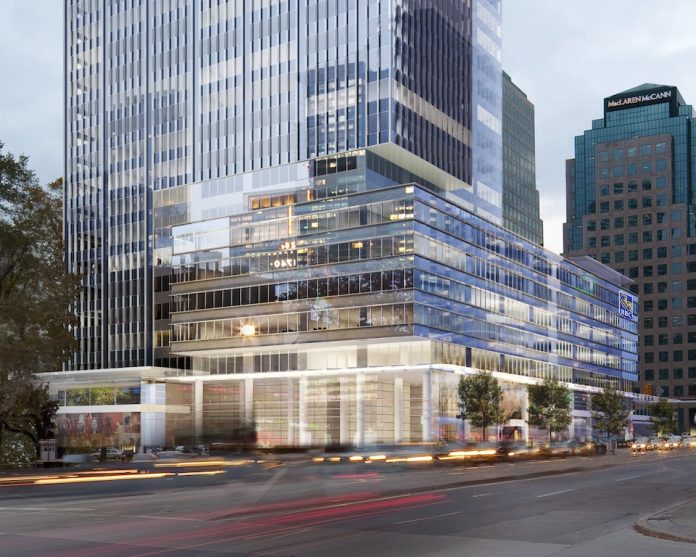In the past two decades, the rapid adoption of LED lighting fixtures has led to tremendous savings for building owners and landlords in both commercial and residential environments. Now, with the use of Power over Ethernet (PoE), the lighting industry is transforming once again and this time it is entirely changing the way in which occupants interact with buildings.
While in the past, the primary purpose of lighting has been illumination, today, through the use of PoE technology, these smart lighting systems are serving as a portal for data transmission, building monitoring and enabling increased tenant and occupant comfort. By integrating PoE, a building?s LED lighting system can be used to provide Wi-Fi access points, temperature controls, occupancy sensors and even surveillance cameras.
Smart lighting systems are non-obtrusive and run throughout the building?s physical structure and, as such, are ideally suited for serving as a portal for integrating with sensors and other devices.
By integrating PoE with LED lighting systems, building owners are now able to eliminate the need for a separate power infrastructure.
PoE, which uses low voltage power transmitted over existing Ethernet cables to operate the luminaries, enables building managers to simultaneously monitor high volumes of data collected from IoT sensors inside of commercial and industrial buildings.
How Cisco’s RBC Waterpark commercial offices use smart lighting systems
The RBC Waterpark Place III is a commercial office building where Cisco offices are located in Toronto, Canada. It is one example of how smart lighting systems integrated with Power over Ethernet can do much more than just illuminate the property.
The intelligent lighting system, which was installed by Philips on all four floors of Cisco?s offices,?? yielded an 80% savings to Cisco.
The system uses the data collected from 600 PoE-enabled luminaires equipped with sensors to capture temperature, light level, and occupant activity and is linked to a centrally hosted software dashboard which runs in the building?s IT environment.
The intelligent lighting system works by uniquely identifying luminaries by IP address, which allows them to be individually monitored, managed, and controlled. Building managers at RBC now can mine data about workspaces captured by the sensors in the luminaires and optimize for building performance and employee comfort by controlling their lighting environment.
The smart system also stores data over time, so that managers can assess occupancy patterns and optimize lighting operations based on historical trends which helps facilities managers to respond to maintenance issues faster – significantly lowering labor costs in the long-run for building owners.
These luminaires provide much more than illumination – and serve as a direct portal for data collection, offering energy savings and sustainability to building occupants. Beyond the reduced costs-savings derived from data and building optimization, the integrated system has also had a considerable impact on occupant comfort.

